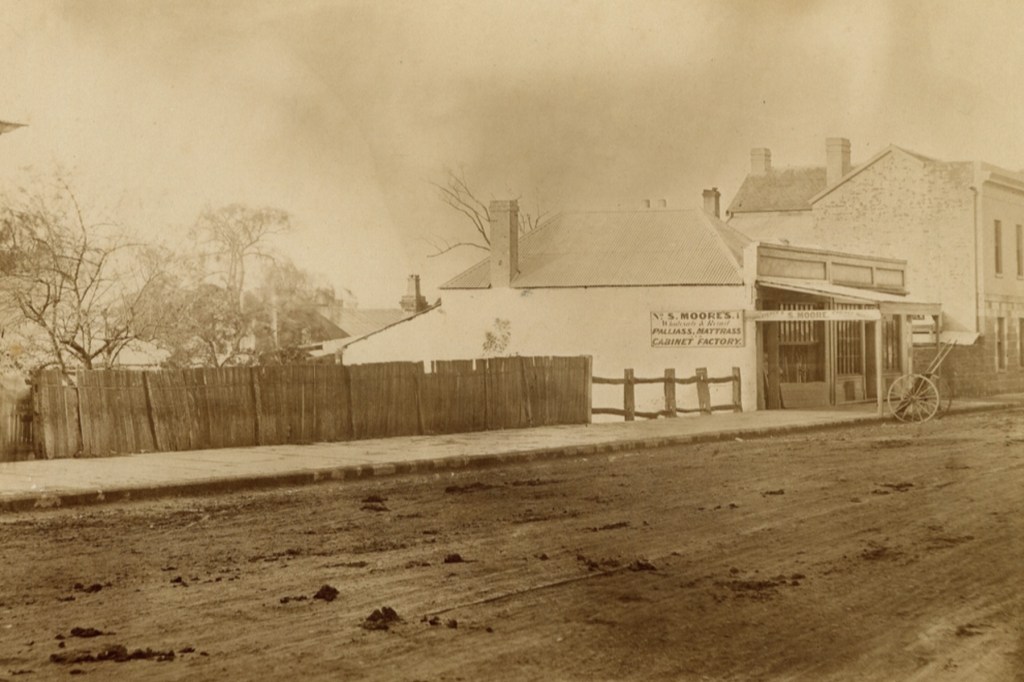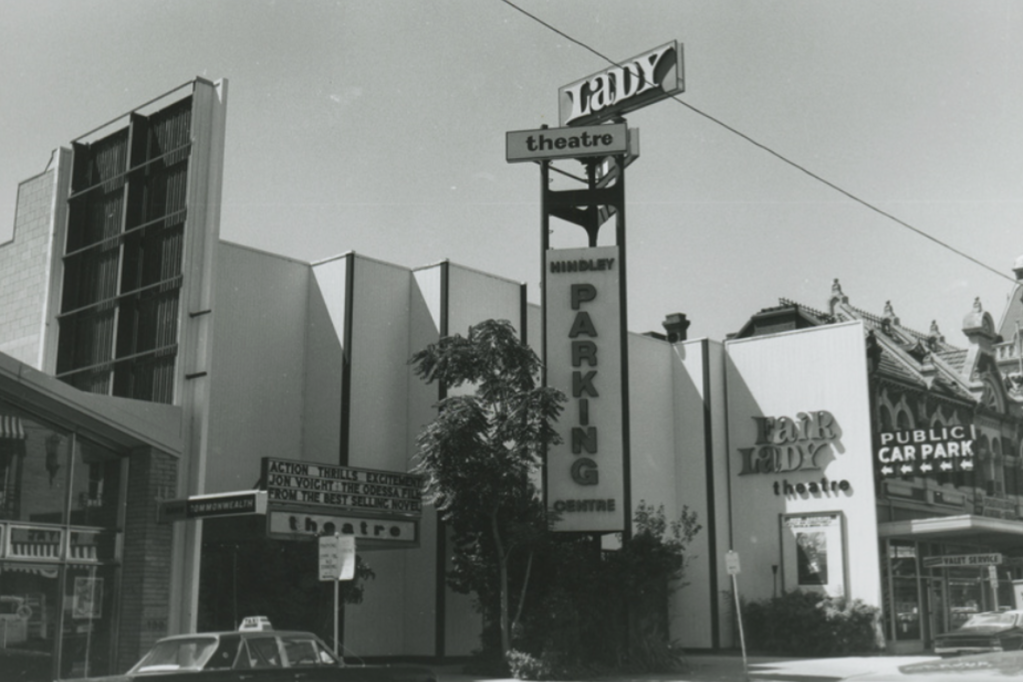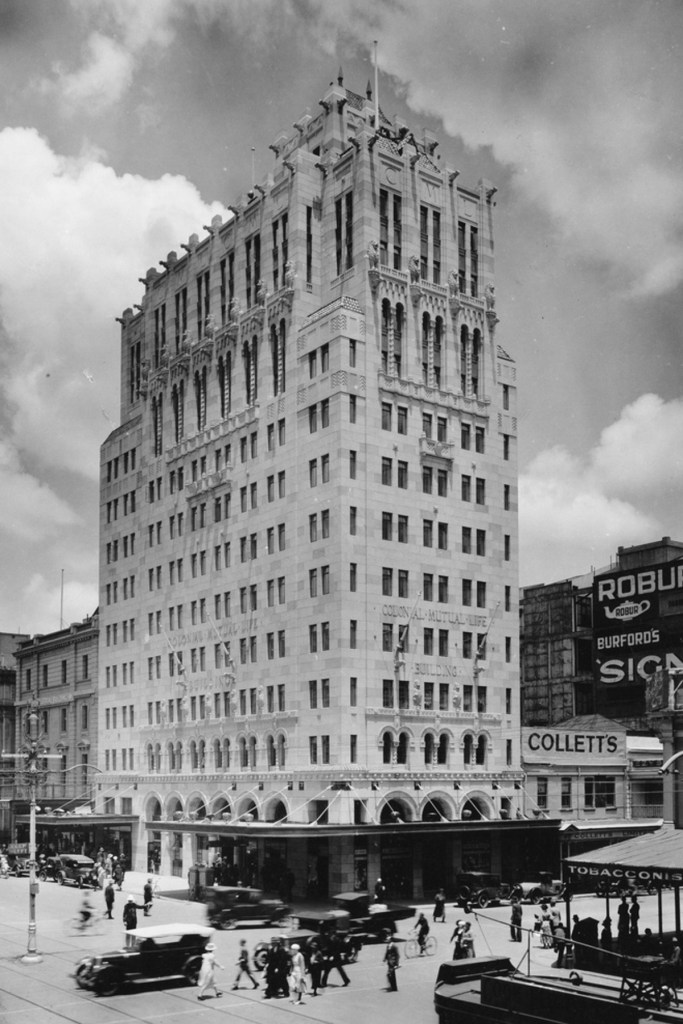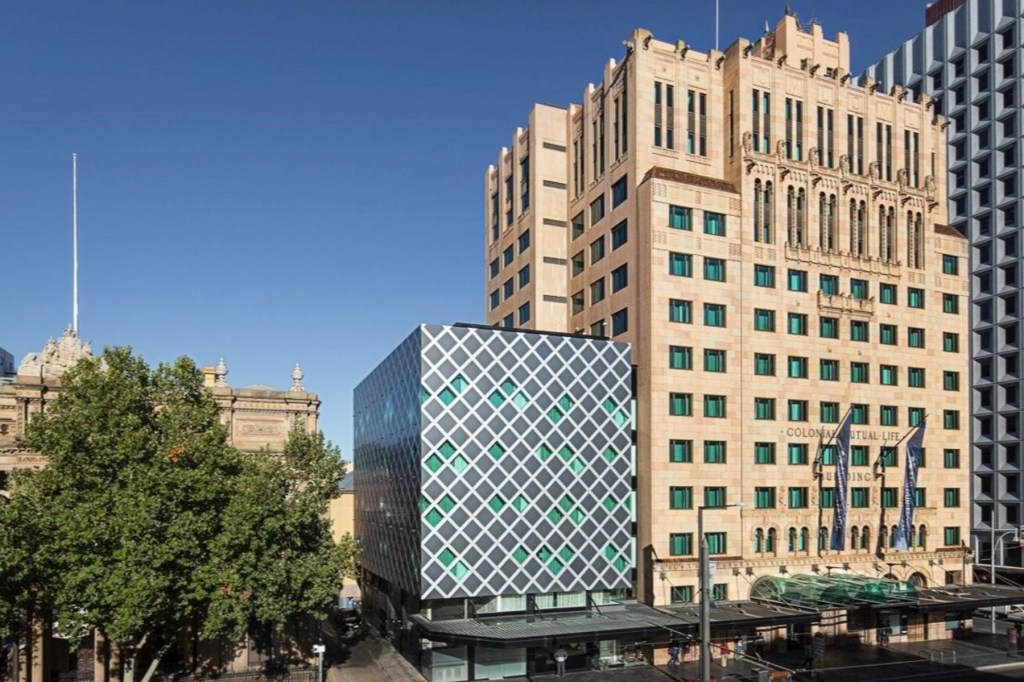The wild and wonderful tale of Hindley Street
Adelaide’s most infamous strip has seen more costume changes than a cabaret act. From the city’s first newspaper to its latest rooftop bar, Hindley Street has always been a place where the past lingers and reinvention rules.







Hindley Street has always been known for its colour – right from the outset. In Colonial tradition the iconic Adelaide strip, which runs east-to-west connecting King William Street with West Terrace, was named in 1837 after Charles Hindley, a member of the House of Commons in the British Parliament.
But Hindley never once stepped foot on the street that bore his name. The original Director of the South Australian Co and Director of the Union Bank of Australia died in November 1857, following the consumption of 6 pints (3.4L) of brandy in 72 hours, as prescribed by his doctor for an illness.
In the 1830-40s, Hindley Street was a sought-after destination by early settlers. South Australia’s first printed newspaper, the South Australian Gazette and Colonial Register, was printed on a Stanhope hand press at Thomas’s printing office on June 3, 1837. This press survives in the Historical Relics Collection of History SA.

In 1837, independent minister Thomas Playford bought acre 51, one of the most desirable addresses in Hindley Street at the time – migrating to South Australia with his family in 1844 to take up residence. It’s a name that still resonates today, not least thanks to Playford’s great-grandson, Sir Thomas Playford, who remains the state’s longest-serving premier, with 26 years and 126 days in office from 1938 to 1965.
As one of Adelaide’s original main streets, Hindley Street was the place to be and be seen during the 1860s to 1880s. Houses were mainly concentrated in the western section between Morphett Street and West Terrace; however, some were located above shops or butted up alongside department stores, theatres, hotels and more as people from all over Europe flocked to the entertainment strip. Women of prestige brushed shoulders with courtesans; businessmen made friends with bartenders. And there was no fear of going thirsty, with 18 hotels along the street by the 1880s (about one hotel for every 60m).
As the decade progressed, fashion became a key priority for Hindley Street residents and visitors, with 25 drapers, tailors, boot and shoemakers and women’s outfitters on the street by the end of the 1880s.

The turn of the new century saw a shift in the street, with small retail outlets replaced with larger firms and warehouses, including Hoopers Furnishing Arcade, Federal Furnishing and WT Flint & Son. As the number of hotels dwindled due to the introduction of 6 o’clock closing, among other factors, saloons, tea rooms and cafes expanded. By 1925, cafes, including the Theatre Royal Café, Osborne’s Café and the Comino Café, were the popular gathering places.
Another change came after WWII, when the eastern end consolidated as a centre of entertainment, with the western section remaining semi-industrial. Film became huge: My Fair Lady Theatre was built specifically for the release of the film My Fair Lady in 1966. British Empire Films and RKO Radio Pictures also established outlets on the street. Then came the fun parlours, cabaret, strip clubs and night clubs in the 1960s and 1970s – not forgetting City Bowls and Ice Skating Adelaide on the western end.
While the street fell from popular favour at the end of the twentieth century, recent transformations are reviving the iconic street’s original splendour. Youth Inc and APOTECA Bar & Restaurant now reside in the stunning West’s Coffee Palace, with exhibitions first and foremost in window spaces. And the Adelaide Symphony Orchestra now occupies what was West’s Cinema.

So, what is it about Hindley Street that continues to stir the passion and pride of South Australians? For Alison Baker, it’s the way the street keeps transforming – without ever forgetting where it came from.
As General Manager of the Mayfair Hotel, Alison oversees one of Hindley Street’s most recognisable landmarks: the former Colonial Mutual Life building, which opened in 1934 during the Great Depression. Once boasting the title of tallest office building in Adelaide for three decades, the heritage-listed structure is now a five-star hotel at the eastern gateway to the strip.
“Over its 90 years, the building has continued to grow and evolve and, to this day, continues to provide opportunities for regeneration,” Alison says.“Its construction offered work to local tradespeople during the Great Depression, with building work completed in just nine months. At the building’s opening, then Premier Richard Butler claimed it represented a ‘monument to future confidence in our country’.”
Since then, the building has housed the state’s first commercial radio station, Radio 5DN, and underwent a period of abandonment before being reborn as the Mayfair Hotel in 2014.

Today, The Mayfair honours its past in ways both subtle and grand. These include a wine cellar set into the foundations of King William Street, a rooftop lounge repurposed from the old lift motor room, and, of course, its iconic carved lions, vultures and other ornamentation. “These carvings majestically sit overlooking the city, keeping a keen eye on all that is going on,” Alison says. “If only they could talk – I am sure that they would be able to tell a tale or two.”
And it’s not just the carvings – the antique pharmacy cabinets at APOTECA could share some secrets, too. Housed under the original Austral Stores building at 118 Hindley Street, the cabinets act as a visual and cultural anchor between what was and what is.
Originally constructed in 1903, The Austral Stores was a commercial complex that included 12 shops and a large warehouse. In 1908, a large dining room was added and leased to Jonathon Grant, becoming a coffee palace, a popular alternative to hotels during the temperance movement. A decade later it was rebranded West’s Coffee Palace. In 2002, a portion of the building was partly transformed into The Apothecary 1878, a wine bar and restaurant – rebranded as APOTECA in 2019.

“The historical elements of APOTECA contribute significantly to the rich tapestry of Hindley Street – a precinct long known for its layered past and evolving identity,” owner Paola Coro says. “The antique pharmacy cabinets remarkably predate the building itself. The presence of such a storied piece not only preserves a sense of old-world charm but also reinforces the cultural narrative of Hindley Street as a place where history and reinvention intersect.”
Paola has also worked to maintain the history of the building in the transformation of the basement into a wine cellar. “This area has remained as close to its original form as possible, with only minimal changes,” she says. “Its raw beauty and historic character speak for themselves, offering a unique glimpse into the building’s past while providing a truly atmospheric setting for guests.”
Having been an integral part of Hindley Street for more than two decades, Paola has witnessed first-hand the ever-changing nature of the street and the lives that have passed through it. “Hindley Street has evolved dramatically over the years,” she says. “More recently there has been a noticeable shift. The street is rediscovering its identity and the clientele has evolved too – people are now seeking more curated experiences and we’re pleased to be part of that positive change.”
As Hindley Street steps into its next chapter – half heritage jewel, half nightlife magnet – its story remains a mirror of Adelaide itself: sometimes boisterous, often surprising and always evolving.
Experience Hindley Street old and new with early entertainment and heritage walking tours.














